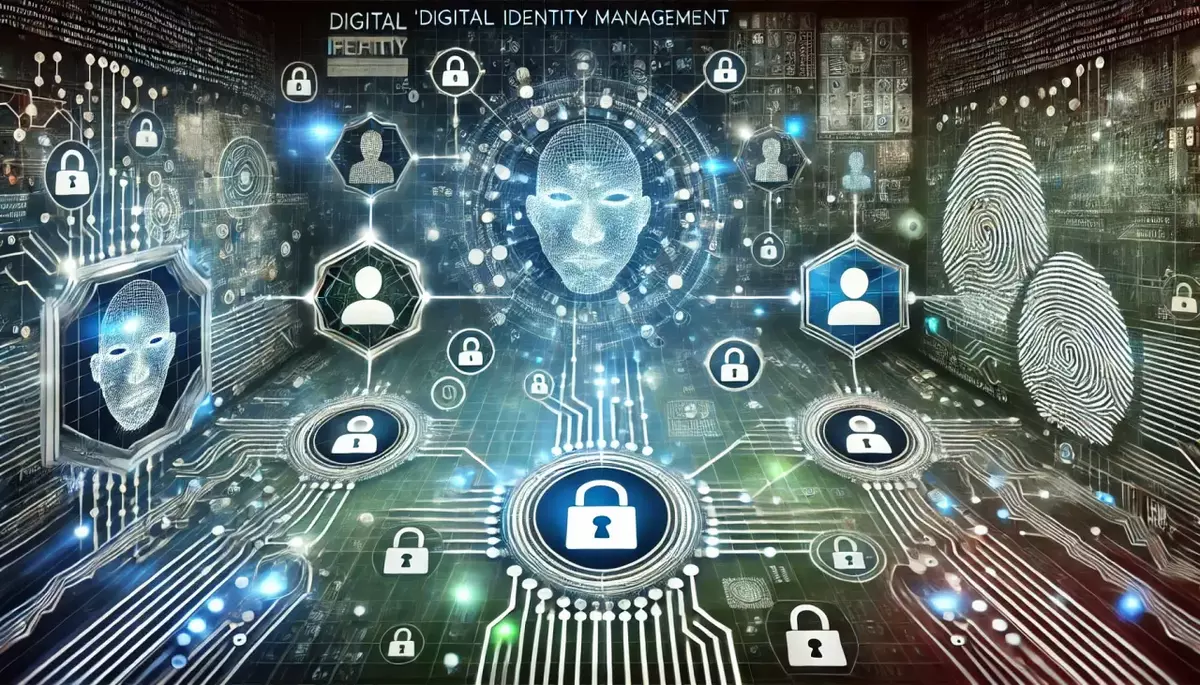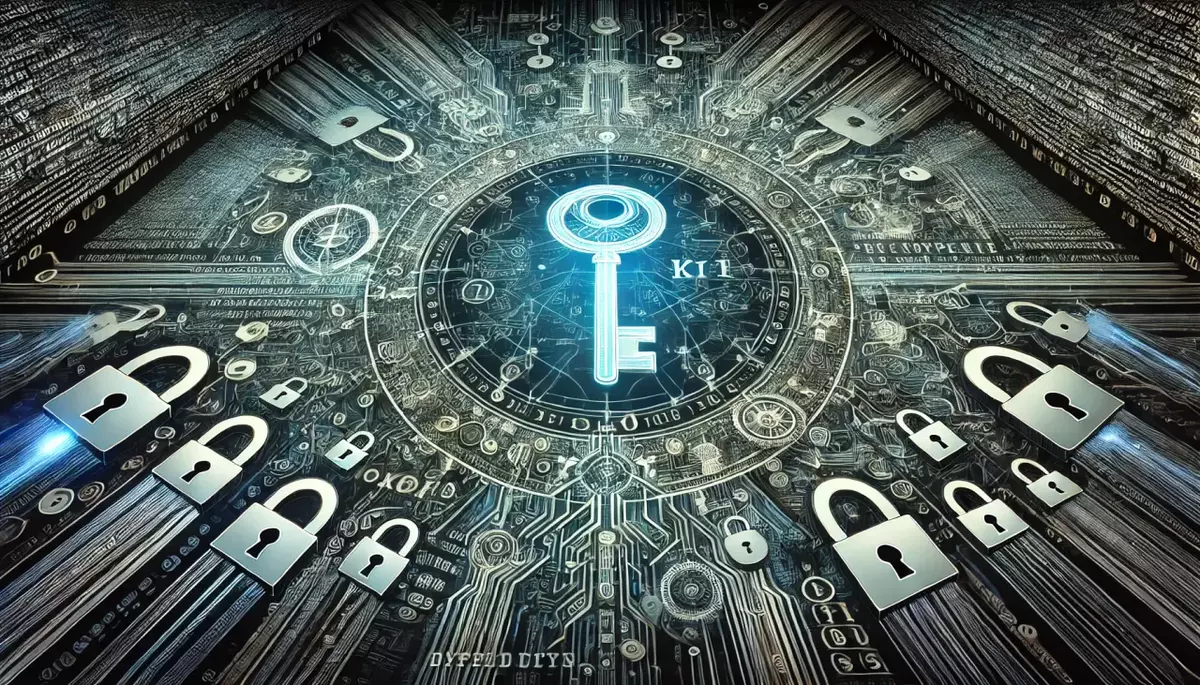Introduction
Digital identity management is the process of establishing, maintaining, and securing digital identities for individuals, organizations, and devices in the digital realm. It plays a crucial role in enabling secure and seamless access to online services, resources, and applications.
What is Digital Identity Management?
Digital identity management refers to the set of technologies, policies, and processes that allow individuals, organizations, and devices to establish, verify, and manage their digital identities. It encompasses the creation, storage, and use of digital credentials, such as usernames, passwords, biometric data, and digital certificates, to authenticate and authorize access to digital resources.
Key Components of Digital Identity Management:
- Identity Lifecycle Management: The process of creating, maintaining, and terminating digital identities throughout their lifecycle.
- Authentication: The verification of a user’s or entity’s claimed identity, typically through the use of credentials such as passwords, biometrics, or digital certificates.
- Authorization: The process of granting or denying access to digital resources based on the verified identity and associated permissions or privileges.
- Identity Federation: The ability to share and recognize digital identities across different systems, organizations, or domains.
- Identity Governance: The policies, procedures, and controls that ensure the proper management and security of digital identities.
Importance of Digital Identity Management
Digital identity management is essential in the modern digital landscape for several reasons:
Enhanced Security:
Effective digital identity management helps prevent unauthorized access, identity theft, and other security breaches by verifying the identity of users, devices, and applications.
Improved User Experience:
Streamlined digital identity management can provide a seamless and convenient user experience, enabling single sign-on, password-less authentication, and personalized access to digital services.
Regulatory Compliance:
Many industries and organizations are subject to regulations and standards that require robust digital identity management practices to protect sensitive data and ensure privacy.
Enabling Digital Transformation:
Effective digital identity management is a critical enabler for digital transformation initiatives, allowing organizations to securely and efficiently manage access to cloud-based applications, IoT devices, and other digital assets.
Digital Identity Management Frameworks and Standards
Several frameworks and standards have been developed to guide the implementation and management of digital identities:
Frameworks:
- NIST Digital Identity Guidelines: Developed by the National Institute of Standards and Technology (NIST), these guidelines provide a comprehensive framework for digital identity management.
- ISO/IEC 24760 – A Framework for Identity Management: An international standard that defines a framework for the management of digital identities.
- FICAM (Federal Identity, Credential, and Access Management): A framework developed by the U.S. government to manage digital identities and access for federal agencies.
Standards:
- SAML (Security Assertion Markup Language): An XML-based standard for exchanging authentication and authorization data between parties.
- OpenID Connect: An authentication protocol built on top of the OAuth 2.0 authorization framework, enabling single sign-on across different applications and services.
- FIDO (Fast Identity Online): A set of open standards that enable passwordless authentication using biometrics or other secure methods.
Challenges and Considerations in Digital Identity Management
While digital identity management offers numerous benefits, it also presents several challenges and considerations:
Privacy and Data Protection:
Ensuring the privacy and security of personal information associated with digital identities is crucial, as any breaches can lead to identity theft and other privacy violations.
Interoperability:
Achieving seamless interoperability between different identity management systems and platforms can be a significant challenge, particularly in heterogeneous environments.
Scalability and Flexibility:
Digital identity management systems must be able to scale to accommodate growing user bases and adapt to changing business requirements and technological advancements.
User Experience:
Balancing security and user convenience is a constant challenge in digital identity management, as overly complex or intrusive authentication processes can negatively impact user experience.
Future Trends in Digital Identity Management
The field of digital identity management is constantly evolving, with several emerging trends and technologies shaping its future:
Decentralized Identity:
The rise of blockchain and distributed ledger technologies is enabling the development of decentralized identity solutions, where individuals have more control over their digital identities.
Biometric Authentication:
Advancements in biometric technologies, such as fingerprint, facial, and iris recognition, are driving the adoption of more secure and convenient authentication methods.
Contextual and Adaptive Authentication:
Leveraging machine learning and artificial intelligence, digital identity management systems are becoming more context-aware, enabling adaptive authentication based on user behavior, location, and other factors.
Identity Ecosystems:
The emergence of identity ecosystems, where multiple organizations and service providers collaborate to manage and share digital identities, is expected to enhance interoperability and user experience.
Conclusion
Digital identity management is a critical component of the modern digital landscape, enabling secure and seamless access to online services, resources, and applications. By understanding the key concepts, frameworks, and emerging trends in this field, organizations and individuals can effectively manage and protect their digital identities, paving the way for a more secure and connected digital future.
This knowledge base article is provided by Fabled Sky Research, a company dedicated to exploring and disseminating information on cutting-edge technologies. For more information, please visit our website at https://fabledsky.com/.
References
- NIST Special Publication 800-63-3: Digital Identity Guidelines. National Institute of Standards and Technology (NIST).
- ISO/IEC 24760-1:2019 – A framework for identity management – Part 1: Terminology and concepts. International Organization for Standardization (ISO).
- FICAM (Federal Identity, Credential, and Access Management). General Services Administration (GSA).
- Rouse, M. (2021). What is digital identity management? TechTarget.
- Barreto, A., Stanton, R., & Stine, K. (2020). Considerations for Identity Management in Public Safety Communications. NIST Special Publication 800-187.


























